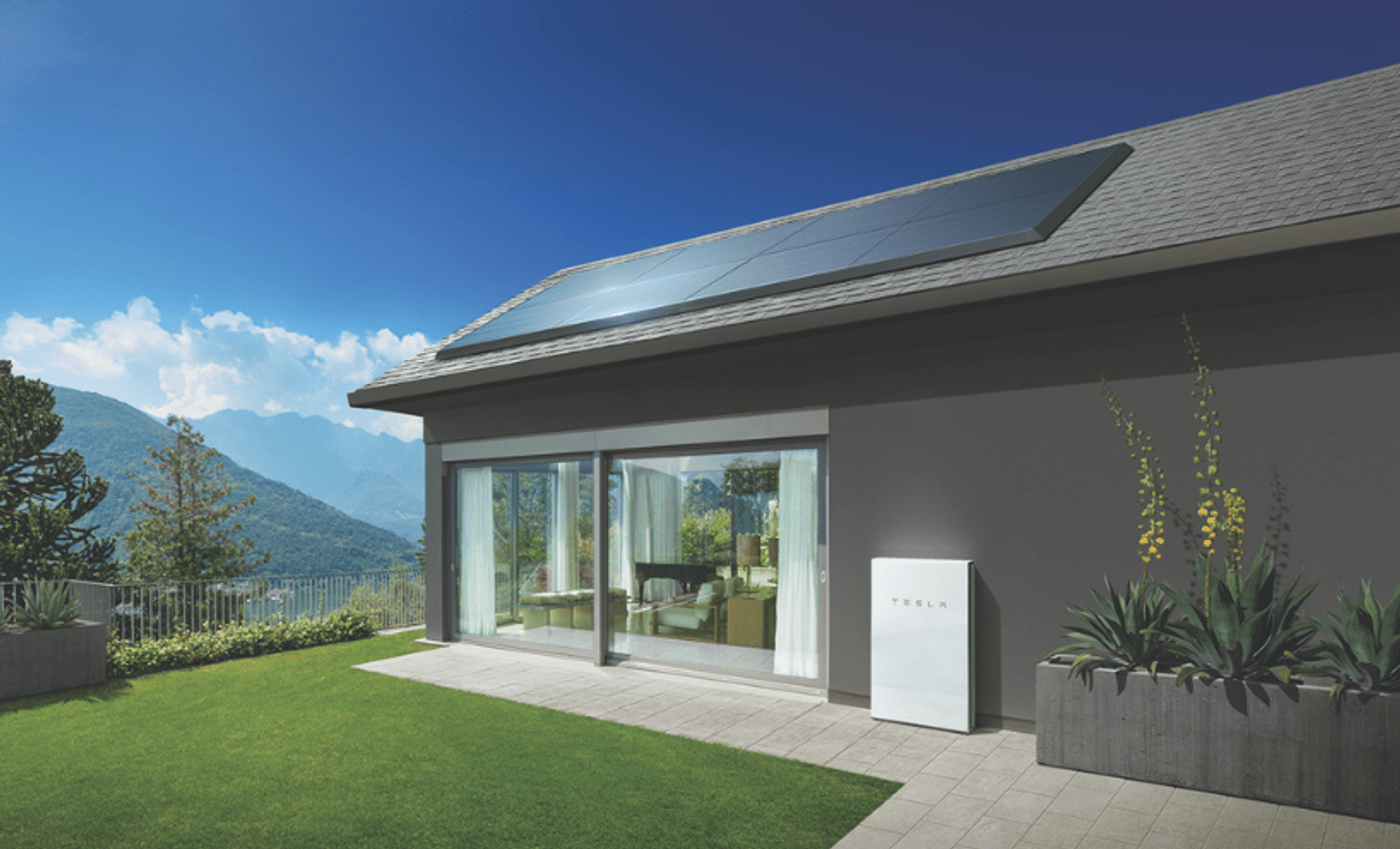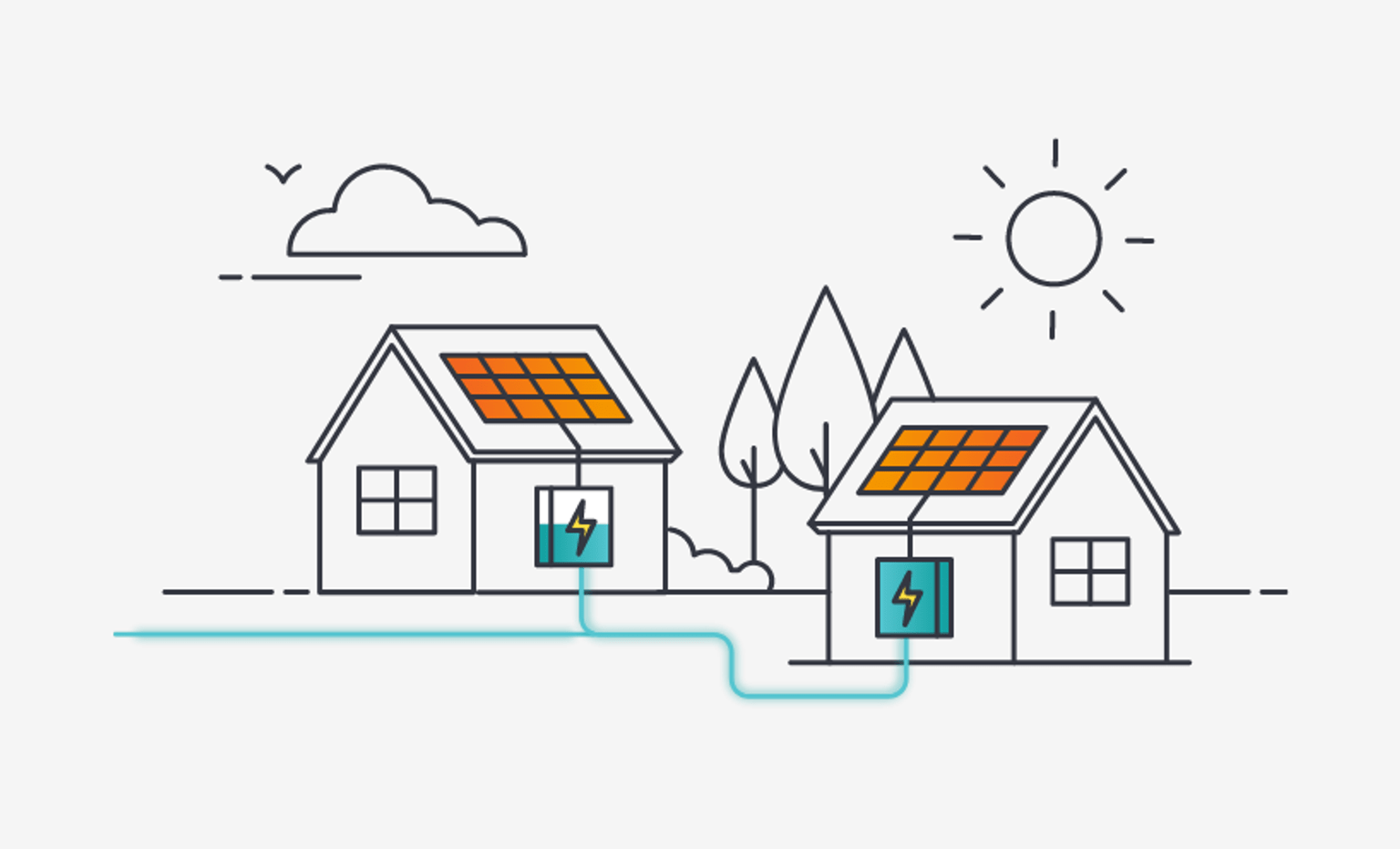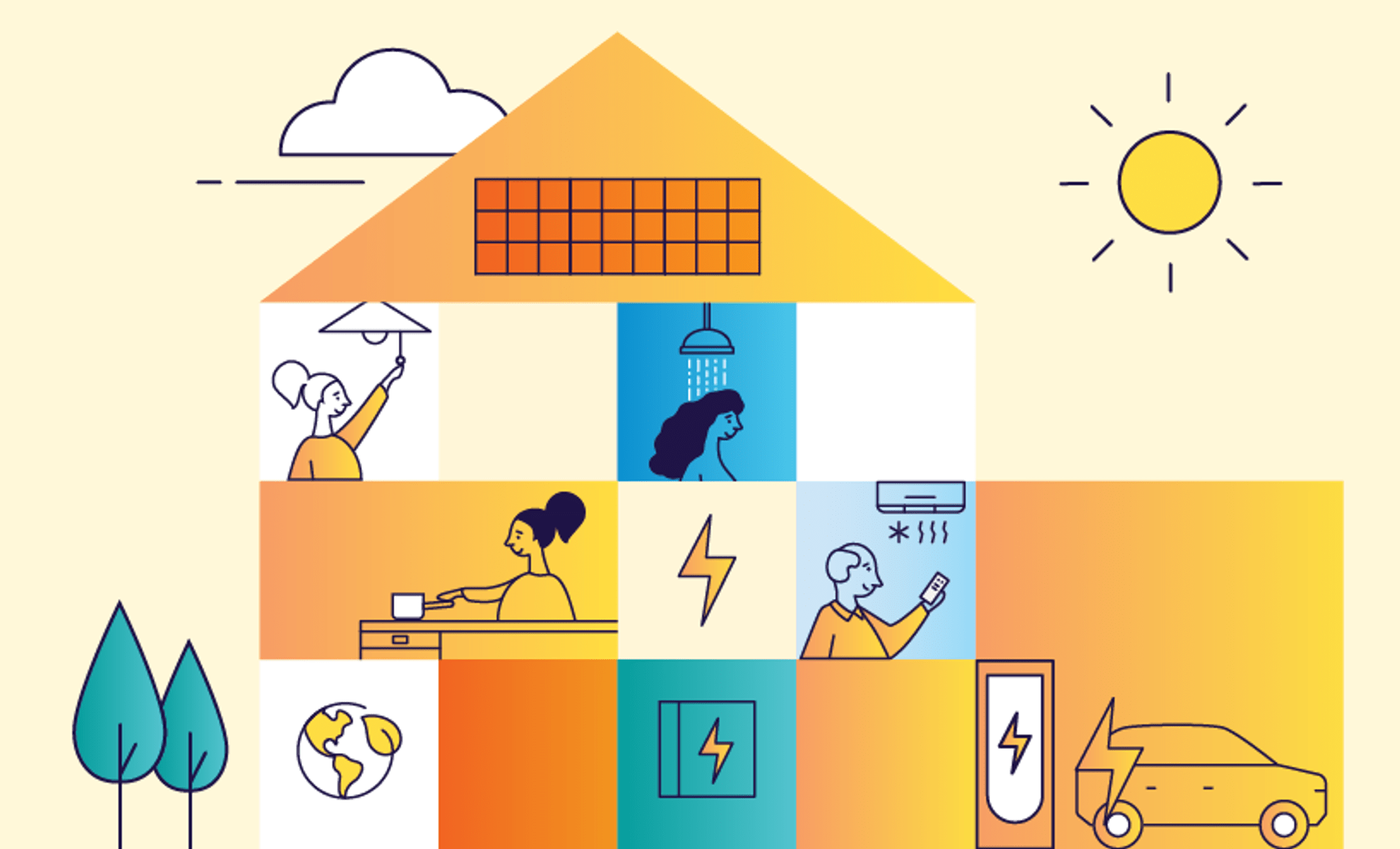Process for final approval
- Wait for us to confirm you are eligible and ask you to start financial checks
- Complete a credit check
- Submit loan application with financial documents
- Wait for us to confirm loan approval and send your QR code
- Install the solar system (within 120 days)
- Pay the difference to the retailer – the total cost minus the loan amount
- Start repaying the interest-free loan (monthly repayments over 4 years)
You must complete the installation within 120 days from the date the loan is approved to secure your funding.
Loan requirements
- Financial checks and self-declaration
When we confirm that you are eligible we will ask you to complete a 3-part financial check:
- Credit check report
- Financial self-declaration
- Proof of income
We need to assess if you are able to pay off the loan to meet our responsible lending requirements.
Equifax offer a free service to create a credit report. It takes around 10 minutes. Read more about credit check through Equifax.
You must assess your living expenses and income and ‘declare’ them in a form that we will send to you. You will also need to supply supporting documents, such as recent pay slips, to confirm the information.
If there is more than one applicant, we will need a credit check and declaration from each applicant.
The final step in your loan application is to upload the credit report (make sure it is less than 30 days old) and financial self-declaration and proof of income documents.
Commonwealth Government battery discounts
The Commonwealth Government’s Cheaper Homes Batteries Program opened on 1 July. For more information visit: Cheaper Home Batteries Program | Clean Energy Regulator.
Resources
Updated




